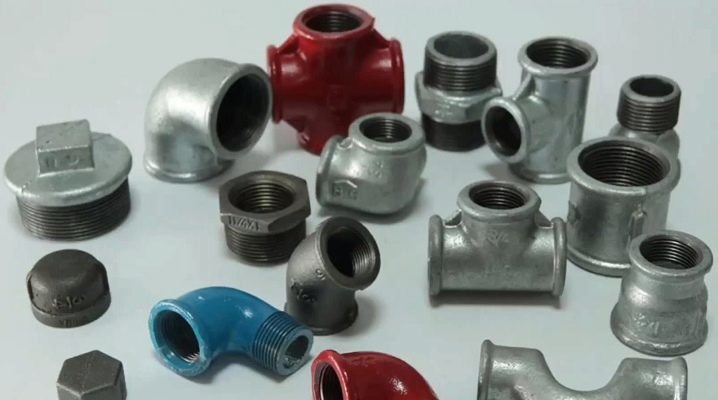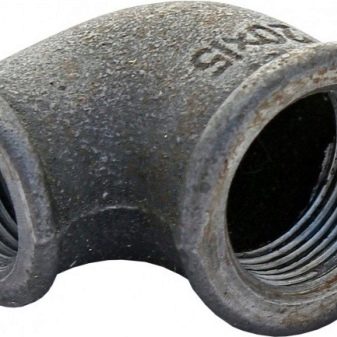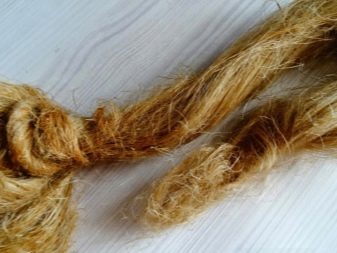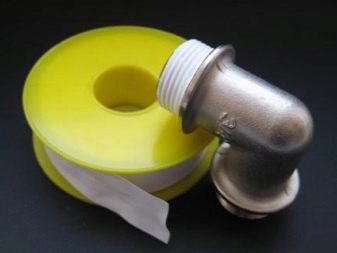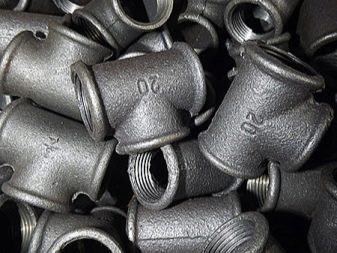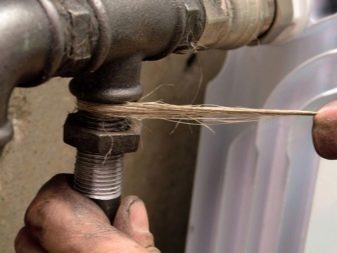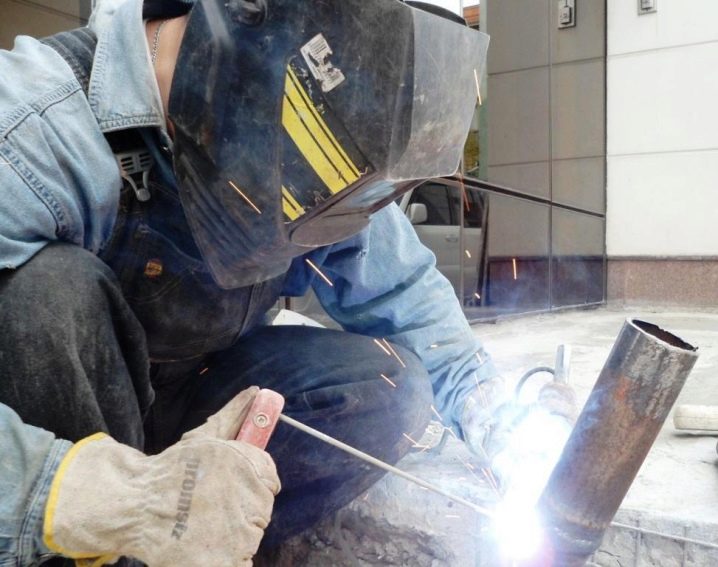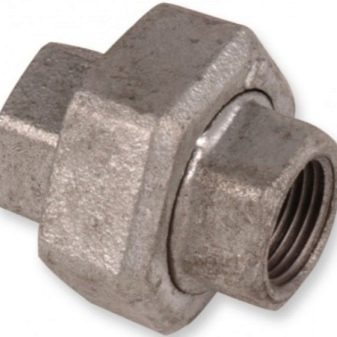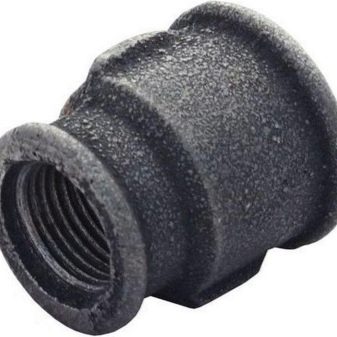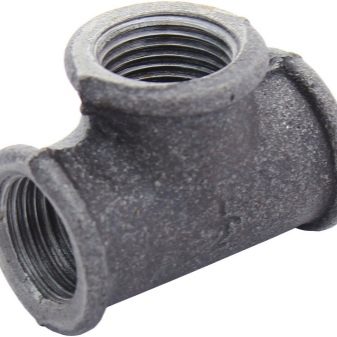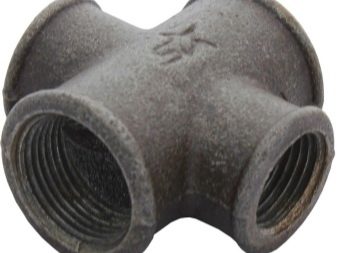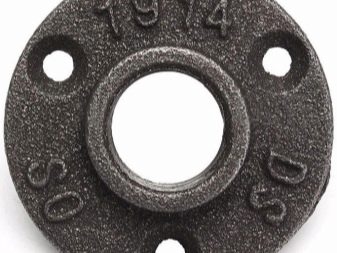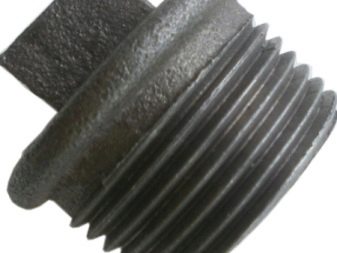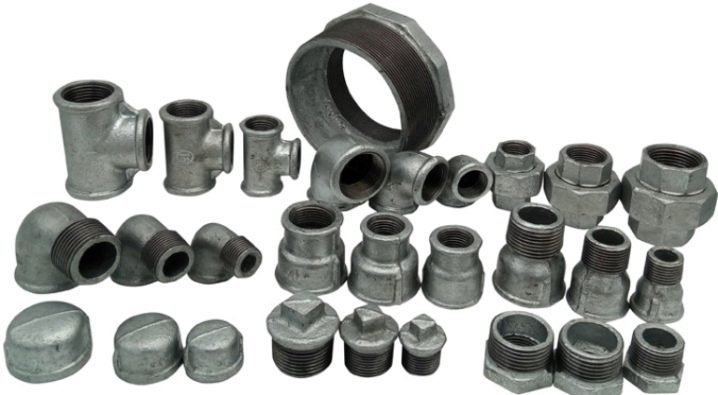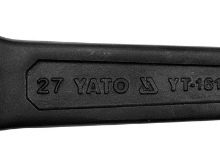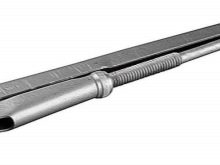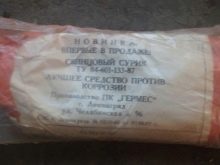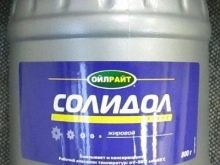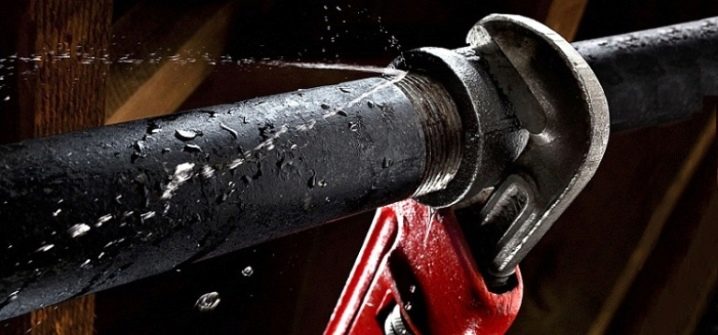Characteristics and installation of cast iron fittings
Despite the fact that the use of iron communications is a thing of the past, cast iron fittings are still widely used in the construction of pipelines. Their unfading popularity is due to the long service life of 60 to 80 years, and high material strength.
Special features
Cast iron fittings are connecting elements used to form sewage networks, water mains, gas mains and heating systems. In addition to the construction of pipelines, shaped elements made of cast iron have found wide application in industry and extractive industries. In the modern plumbing market, cast iron fittings are represented by tees, crosses, couplings and spurs. Each product is equipped with a lock nut made of structural steel.
All fittings have a cylindrical pipe thread, which, together with special sealing materials, provides a reliable and tight connection of all elements of the system. However, the threaded connection can withstand temperatures up to 175 degrees. If this parameter is exceeded, it is better to refuse using the threaded method. In this case, it is wiser to use welding. As a joint sealant, tow is used, moistened with paint, or linen thread treated with red lead. Good results are obtained by using FUM tapes and threads.
The role of cast-iron fittings in the pipeline system is difficult to overestimate. With their help connect pipes of different sections, and also change the horizontal and vertical direction of communications. Fittings are perfect for connecting sewer pipes to plumbing, for forming turns and assemblies of any complexity, as well as when installing a pipeline with large differences in height. Elements are rather universal and can be used both for the internal, and for the external sewerage. All shaped parts made of cast iron are manufactured according to the requirements of GOST, which guarantees their high quality and durability.
The fittings are made from an alloy of gray high-strength nodular cast iron (VChSHG). To improve anti-corrosion properties, all parts are processed with a special composition. As such a tool is used bitumen mixture that protects the surface of the fitting from mechanical damage and increases the resistance of elements to high temperatures. Cast iron parts are maintainable and can be used for re-installation.
In addition to the bituminous mixture, some types of fittings intended for pipes with drinking water are covered with zinc. Such models are far superior to their non-galvanized counterparts and are characterized by increased strength and resistance to rust. The only limitation to the use of galvanized connectors is the hot water system. On such pipes it is better to put non-galvanized parts.
Advantages and disadvantages
Popularity and demand for cast iron fittings due to a number of indisputable advantages of these elements.
- Long service life, reaching 80 years, distinguishes cast iron products from steel, brass and plastic counterparts.
- The possibility of multiple use of fittings allows you to perform a quality connection and significantly save on material.
- Full tightness of the joints. In some cases, in order to increase the guarantee of the strength of the system, the docking points are coated with an organic or polymeric sealant and tightened with a lock nut. After additional procedures, you should not worry about the leakage of fluid from the system.
- Low cost and wide consumer accessibility make cast iron fittings even more attractive.
- Due to the presence of the thread, it is possible even to begin plumbing to install the pipeline. In addition, steel and plastic pipes are usually connected by welding or crimping. If a blockage occurs, these connections do not allow you to quickly disassemble the system and clean the pipe. And the presence of thread, on the contrary, allows you to quickly unscrew the fitting, break through the blockage and install the element in place. The thread can be applied both on the inner and on the outer parts of the products in any combination.
- In addition to the threaded mounting method, the cast-iron fittings can be connected to the pipes by welding.This greatly expands the scope of application of parts and promotes their use in systems subjected to high loads.
The disadvantages include a large weight of products, the relative fragility of cast iron and a high coefficient of linear expansion, resulting from elevated temperatures. In addition, threaded connections require periodic tightening of the nuts, which tend to weaken. If the nuts are not checked in time, then over time there may be a leak, the elimination of the consequences of which will require additional costs.
Species
Cast iron fittings are subdivided according to several features. the main of which is the functional purpose of the part.
- Couplings are designed to connect pipes of the same diameter.
- Transitional couplings are used for installation of cross-sections of pipes of various sizes.
- Taps are used to change the direction of the pipeline, and are available with turning angles of 30, 45, 60 and 90 degrees.
- Tees allow branching of the pipeline and are used to connect plumbing, washing and dishwashers to the sewage system.
- Crosses are used to form two branches extending from one branch.
- Plugs, flanges and caps are mounting parts and are intended for blocking the end sections of the pipeline, for example, heating radiators.
- The union - the shaped detail intended for connection of a metal pipe with a hose from plastic.
The range of cast iron products, as well as their compliance with quality standards is governed by GOST 89-4475.
Another criterion by which fittings are classified is frame size. According to the requirements of the state standard, currently available in 11 sizes, differing in width of conditional passage, which varies from 8 to 100 mm. According to the generally accepted scale of dimensions, the parameters of the pipe vary from 1/4 to 4, the accuracy class in this case corresponds to letter B. The products also differ in the thickness of the walls. The minimum thickness value is 2.5 mm, which shows the absolute value, not taking into account the thread groove.
The maximum thickness of the fittings is 5.5 mm. When choosing the thickness of the product, one should take into account the fact that cast iron parts have a rather large error, which can be from 0.6 to 1.2 mm.This is due to the peculiarities of the small-batch casting method by which fittings are produced. However, despite the serious deviations of thickness, the accuracy of the thread should not cause complaints. Even a slight misalignment of the cutting axes is immediately rejected and is not available for sale.
Installation
The construction of the sewage system with fittings does not require special skills and expensive tools. To work you need a few carob and one gas key. Before installation, make sure that there is a thread at the end of the pipe, and in case of its absence, cut it yourself. Cutting is performed using a special die and a metalworking vice, the geometry and length of the coils are determined independently. If cutting for some reason is impossible, then the finished thread is welded to the desired end of the pipe.
After the preparatory work is completed, you can begin to build the system. To do this, tighten the locknut on the fitting and, so that it does not interfere, tighten it before the start of the thread. Further, a sealant is applied to the external thread of the fitting and a flax thread or tow is wound.The winding direction must be the same as the thread direction. Lead red lead (for water supply pipes), or grease (for gas systems) can be used as impregnation for threads and tow.
After winding up the seal and surface treatment with a sealant, the parts are twisted along the applied composition and are tightly tightened with keys. The lock-nut at the same time is tightly fitted to the junction and twists well. An important condition for a reliable connection is the presence of a seal between the lock nut and the thread, so you can not neglect its use. The final step of the assembly will be painting the joint, which is performed only if there is no factory protective layer on the fitting.
Expert advice
Due to its versatility and time-tested design, the installation of cast-iron fittings can be done independently.
However, to achieve the desired result in creating a reliable and leak-tight sewage system, you should listen to the opinion of experienced plumbers.
- Installation of cast iron parts must be done with an assistant. This requirement is due to the large weight of the pipeline elements and the complexity of aligning parts when tightening the lock nuts.
- It is not recommended to neglect sealing materials or use them in insufficient quantities. This can lead to leakage and the spread of unpleasant odors from the sewage system.
- On horizontal sections of sewer networks it is desirable to install tees with a small junction angle not exceeding 45 degrees. This will reduce the chance of blockage and eliminate the need for premature system repair.
- During installation, cast iron pipes must be attached to the bases by means of brackets-holders. This will reduce the weight load on the joints and prevent the deformation of the joints and sagging of the pipes.
- Despite the fact that cast-iron tees and couplings have been used as connecting elements of sewer systems for a long time, it is extremely undesirable to use them to remove sewage. This is due to the predisposition of cast iron to accumulate dirt and mucus on its surface, which leads to clogging of the system and the appearance of an unpleasant odor from revision couplings. For the construction of sewer networks it is better to use polypropylene products.
Cast iron fittings firmly occupy their niche in the plumbing market and, despite the emergence of new technologies and materials, interest in them continues unabated. The cast iron parts are in no way inferior to modern parts in terms of their performance, and they have no equal in strength and duration of service life.
The thread sealing when mounting the connecting elements is described in detail in the video below.
